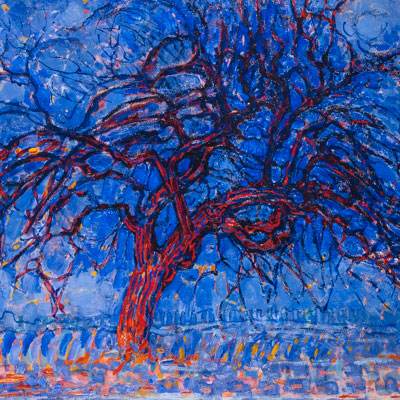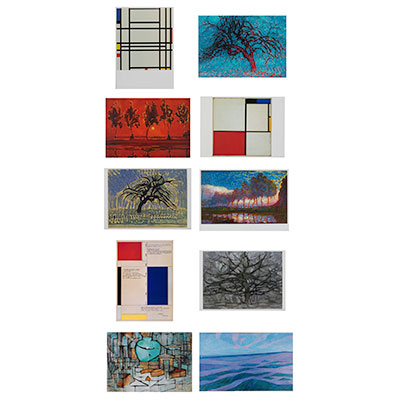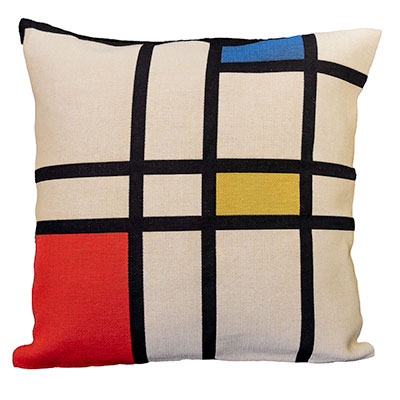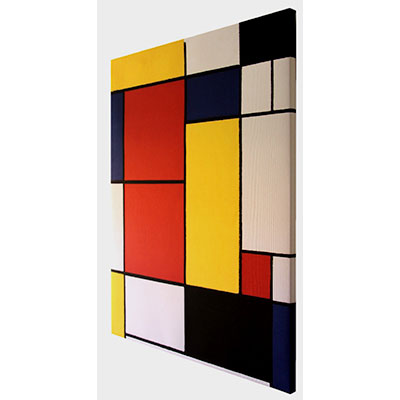Tel : (+33) 4 94 63 18 08
9am - 6pm from Monday to Saturday
Piet Mondrian
Piet Mondrian, born Pieter Cornelis Mondriaan on March 7, 1872 in Amersfoort, Netherlands, was a Dutch painter known for his work in the movement of geometric abstraction. He studied painting at the Royal Academy of Fine Arts in The Hague before beginning to paint landscapes and genre scenes using a naturalistic color palette.
In the early 20th century, Mondrian began to explore theoretical art and joined the De Stijl group, which sought to create a new form of art based on simplicity and abstraction. He adopted a strictly geometric approach in his work, using straight lines and primary colors to create rigorous visual compositions.
His most famous works include "Composition with Red, Yellow and Blue" and "Broadway Boogie Woogie", which were influenced by the concrete and optical art movements. Mondrian continued to paint and exhibit his work until his death in New York in 1944. His contribution to geometric abstraction and modern art is undeniable.
Year of birth : 1872
Year of death :
1944
Nationality : Netherlands
Pictorial movement : De Stijl, abstradt art
Famous works : Broadway Boogie-Woogie (1943), New York City (1942), Composition A (1923), Arbre argenté (1911), Arbre rouge (1910)





